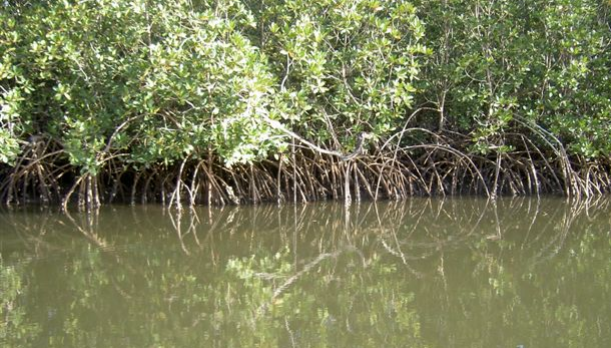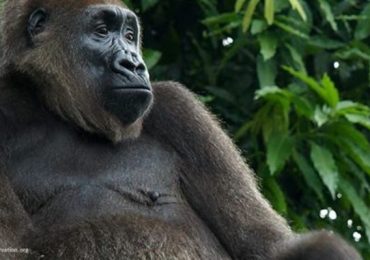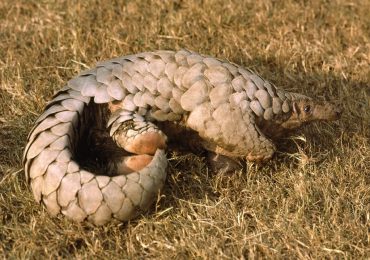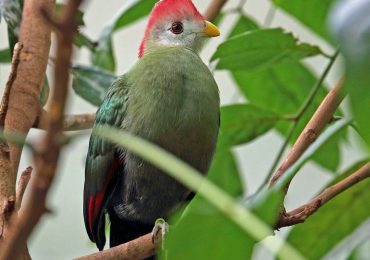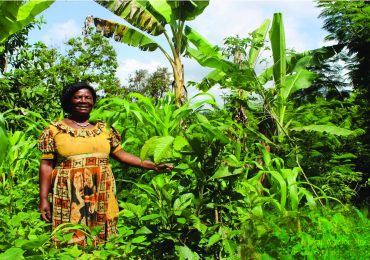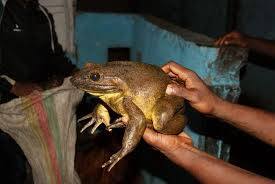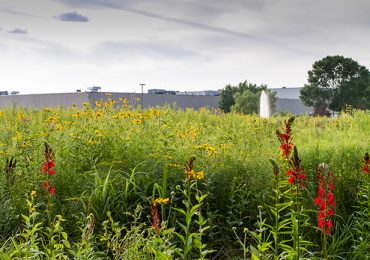“Wetlands are not waste lands; species are disappearing because we have condemned their nursery grounds. Even some species of birds are fast disappearing because their main production areas which are along the mangroves are being destroyed. Tourism is also dropping. We cannot sit and watch our biodiversity destroyed” lamented the head of department for Botany, University of Buea, Professor Fonge Beatrice.”
In response to the World Wet Land day, the Environment and Rural Development Foundation (ERuDeF) joined the Regional Delegation of Environment, Protection of Nature and Sustainable Development (MINEPDED) in collaboration with the project “Participative Integrated Ecosystems Services Management Plan for Bakassi Post Conflict Ecosystems” (PINESMAP-BPCE) to celebrate the 49th anniversary of the World Wet Day. The anniversary was also attended by other NGOs and schools in Buea, capital of the Southwest Region of Cameroon.
The official ceremony to commemorate the anniversary took place in the Buea council hall and was chaired by Dr. Moudingo Ekendi, coordinator of SUFACHAC (Sustainable Farming and Critical Habitat Conservation to Achieve Biodiversity Mainstreaming and Protected Areas Management Effectiveness in Western Cameroon). He said the ceremony was mainly to raise awareness on the value and Benefits of Wetlands and on the PINESMAP-BPCE project implemented by the MINEPDED.
The project aims to protect and conserve the biodiversity of the Rio del Rey Estuary, one of the wetland of international importance in Cameroon. A range of activities were organized to mark the celebration of the anniversary under the theme “Wetlands and Biodiversity”. The activities include: poem recitation from students of some secondary schools in Buea, a sketch on wetlands from the Environmental Science Students Association of the University of Buea, presentation on PINESMAP-BPCE and a presentation on wetlands by Madam Kati Beatrice of the Delegation of the Ministry of Environment, Protection of Nature and Sustainable Development (MINEPDED).
Following the presentation on wetlands by Madam Kati Beatrice, she recalled that wetlands are areas of land that are temporary and/or permanently covered by either freshwater, salt water or brackish water. Examples of such land areas that were highlighted include: marshes, ponds, lakes, swamps, mangroves, floodplains etc. She also stated that the anniversary marks the date of the adoption of the Convention on Wetlands on 2 February 1971, in the Iranian city of Ramsar on the shores of the Caspian Sea.
She also mentioned that the convention was entered into force in Cameroon on the 20 July 2006 through which 7 sites have been designated as Wetlands of International Importance (Ramsar Sites), with a surface area of 827,060 hectares. These wetlands includes: the Barombi Mbo Crater Lake, the Rio Del Rey Estuary, Cameroon part of the Ntem River, Cameroon part of the Sangha River, Cameroon part of Lake Chad, Waza Logone Floodplain and the humid zone of Ebogo.


